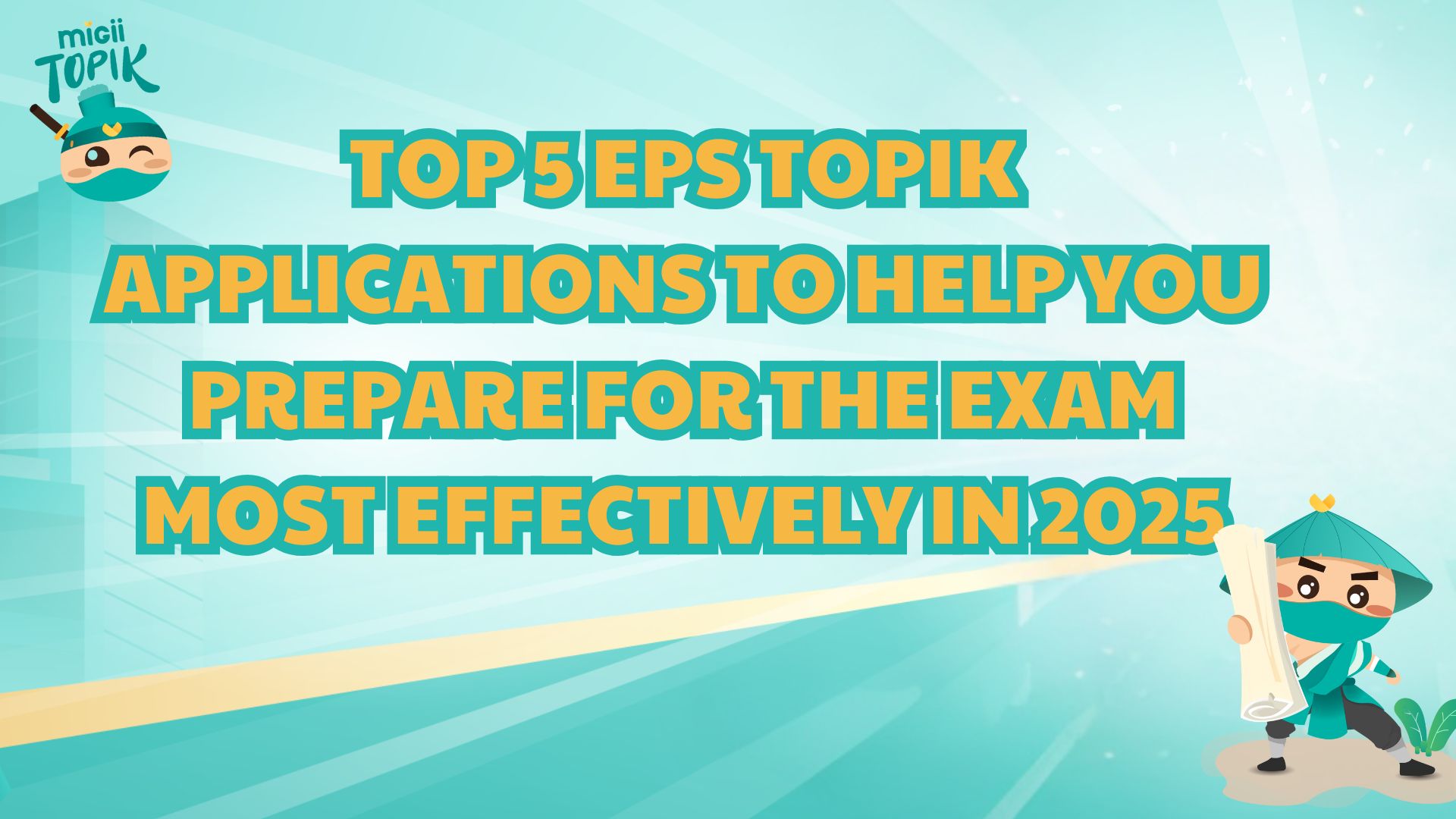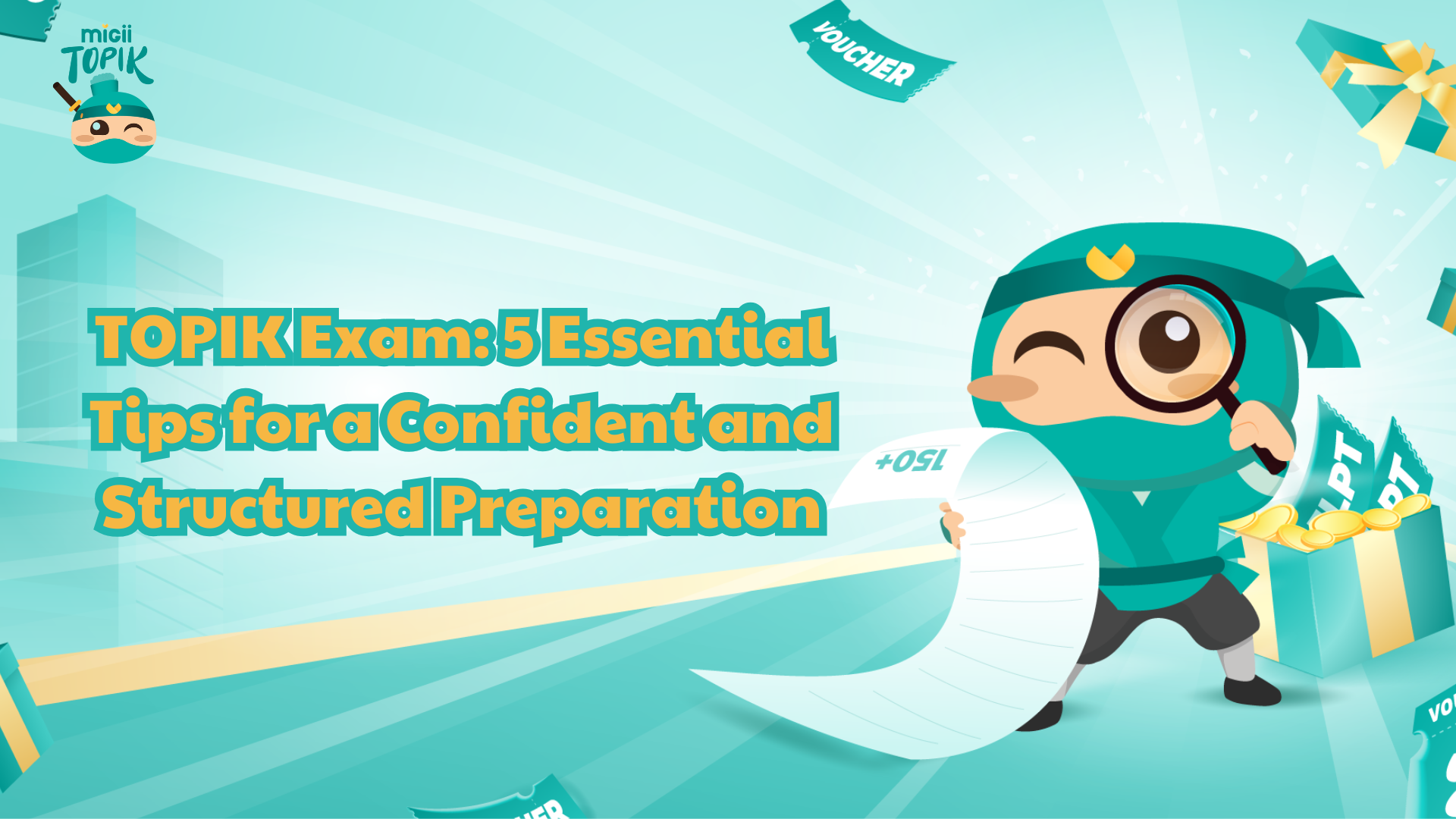The JLPT N1 exam is the most advanced level of the Japanese Language Proficiency Test and a major milestone for learners aiming for native-level fluency. According to the JLPT N1 syllabus, it assesses advanced vocabulary, kanji knowledge, grammar mastery, reading comprehension, and listening skills. Understanding the JLPT N1 format and question types is essential for effective JLPT N1 preparation and building a successful JLPT N1 study plan.
Below, we break down the JLPT N1 sections, give you a closer look at each part of the JLPT syllabus, and share practical tips on how to prepare for JLPT N1 and how to pass JLPT N1.
JLPT N1 exam
Structure of the JLPT N1 exam
The JLPT N1 exam is the highest level of the Japanese Language Proficiency Test, designed to assess advanced language skills required for academic, professional, and real-world contexts. The test is divided into three main sections:
- Kanji & Vocabulary (文字・語彙)
- Grammar & Reading Comprehension (文法・読解)
- Listening Comprehension (聴解)
Below is a detailed explanation of each section along with a table summarizing its core requirements.
Kanji & Vocabulary Section (文字・語彙)
In this section, you will be tested on your mastery of kanji and vocabulary at an advanced level. The JLPT N1 syllabus covers thousands of words and around 2,000 kanji characters, requiring not only recognition but also deep contextual understanding. You must be able to read kanji in multiple contexts, choose the correct kanji for specific words, and interpret nuanced vocabulary in both formal and informal settings.
Table Summary – Kanji & Vocabulary
|
Focus Areas |
Skills Tested |
JLPT N1 Requirements & Notes |
|
Reading kanji in multiple contexts |
Recognition and correct use of ~2,000 kanji |
Must understand kanji readings in both isolation and real-world sentences |
|
Selecting appropriate kanji for given words |
Comprehension of thousands of advanced words |
Requires distinguishing between similar-looking or similar-sounding kanji |
|
Understanding nuanced vocabulary usage |
Ability to interpret meaning based on tone, register, and context |
Vocabulary study should be context-based, not just rote memorization |
Grammar & Reading Comprehension Section (文法・読解)
This section combines grammar mastery with reading comprehension. You must demonstrate the ability to choose correct grammatical structures for complex sentences and read long, sophisticated passages. Topics may include literature, opinion essays, business reports, and academic papers. The challenge is not just understanding the literal meaning but also identifying implied messages, subtle nuances, and the author’s intent.
Table Summary – Grammar & Reading
|
Focus Areas |
Skills Tested |
JLPT N1 Requirements & Notes |
|
Grammar: Choosing correct grammatical structures |
Mastery of advanced grammar points, including connectors, honorifics, and subtle expressions |
Must understand how grammar changes meaning depending on context |
|
Reading comprehension: Understanding long, complex texts |
Ability to follow logical arguments and detect implied meaning |
Reading materials can include literature, business reports, opinion essays, and academic papers |
|
Interpreting cultural nuances |
Recognition of idiomatic expressions and implied references |
Cultural understanding plays a significant role in accuracy |
Listening Comprehension Section (聴解)
The listening section measures your ability to understand spoken Japanese at native speed. You will encounter conversations, lectures, news reports, and interviews. This part tests not only your vocabulary and grammar but also your ability to interpret tone, context, and speaker intention. Since there is no repetition in many questions, quick processing and accurate comprehension are essential.
Table Summary – Listening
|
Focus Areas |
Skills Tested |
JLPT N1 Requirements & Notes |
|
Understanding native-speed conversations |
Comprehension without audio repetition |
Requires processing information in real-time |
|
Following lectures, news, and interviews |
Recognizing tone, context, and speaker intention |
Must differentiate between factual statements and implied opinions |
|
Identifying explicit and implied information |
Listening for both details and overall meaning |
Integrates vocabulary, grammar, and contextual knowledge |
Question types and tips for the JLPT N1 exam
Now that we’ve broken down the JLPT N1 sections, it’s time to look at how to approach each part of the JLPT syllabus with targeted strategies. The JLPT N1 exam is not just about knowledge, it’s about applying that knowledge quickly and accurately under pressure. Below, you’ll find practical, proven tips for each component of the test.
Tips for the JLPT N1 kanji & vocabulary section
The Kanji & Vocabulary section of the JLPT N1 exam tests your ability to read, interpret, and use advanced Japanese words across a variety of contexts.
- Incorporate daily kanji review into your JLPT N1 study plan: Make kanji practice part of your everyday routine. Don’t just memorize characters, study them with multiple example sentences to understand how they are used in real life.
- Practice with authentic JLPT N1 exam materials: Use past exam papers or take a JLPT N1 test online to familiarize yourself with the exact question types and time constraints. This will help you recognize patterns and reduce test-day surprises.
- Learn vocabulary in context, not in isolation: Reading news articles, academic essays, and novels will expose you to the kind of formal and academic vocabulary found in the JLPT N1 syllabus. Learning words in their natural context improves retention and deepens comprehension.
- Pay attention to nuances: Many N1 vocabulary questions test subtle differences between near-synonyms. Make a habit of comparing words’ connotations and usage through a Japanese-Japanese dictionary.
Tips for the JLPT N1 kanji & vocabulary section
Tips for the JLPT N1 Grammar Section
The Grammar portion of the JLPT N1 exam requires a deep understanding of advanced sentence structures and how grammar shapes meaning.
- Study advanced grammar points using authentic materials: Instead of only using textbooks, read sources like NHK news articles, opinion essays, and literature. This exposes you to how grammar naturally appears in complex writing.
- Create grammar flashcards with sample sentences: For every grammar point you learn, write at least two original sentences. Include variations that show how meaning changes depending on word order or context.
- Review grammar patterns in multiple contexts: Many N1 grammar questions test how a structure’s meaning changes depending on tone, formality, or topic. This is essential for anyone wondering how to study for JLPT N1 effectively.
- Mix active recall with passive recognition: Practice filling in blanks in sentences (active recall) but also train your eye to spot grammar errors or unusual usage in reading passages (passive recognition).
Tips for the JLPT N1 grammar section
Tips for the JLPT N1 Reading Comprehension Section
Reading comprehension at N1 level involves dense, abstract, and sometimes technical texts. You’ll need both speed and precision.
- Read long, complex Japanese texts daily: Incorporate essays, opinion pieces, research summaries, and literary excerpts into your daily reading to match the JLPT N1 requirements for comprehension.
- Practice skimming and scanning techniques: Skimming lets you capture the overall tone and argument quickly, while scanning helps you locate specific details relevant to the question.
- Annotate as you read: Mark transition words (しかし, 一方で, つまり) and underline topic sentences. This will help you track the author’s logical flow, a crucial JLPT N1 preparation skill.
- Study inference-based questions: Many N1 reading questions require understanding the author’s implied meaning rather than a direct statement. Practice identifying hints, tone shifts, and unstated conclusions.
Tips for the JLPT N1 reading comprehension section
Tips for the JLPT N1 Listening Comprehension Section
The Listening section demands the ability to follow fast, natural Japanese speech, often without visual cues.
- Immerse yourself in native audio daily: Listen to NHK radio, Japanese podcasts, academic lectures, and panel discussions. This builds familiarity with different speaking styles, from casual to highly formal.
- Use shadowing techniques: Repeat audio immediately after hearing it, imitating pronunciation, rhythm, and intonation. This not only improves listening accuracy but also strengthens speaking fluency.
- Simulate real exam conditions: Take full listening practice tests under timed conditions. Avoid pausing or replaying audio, so you learn to stay focused even if you miss a word or phrase.
- Learn to identify cues in speech: Pay attention to changes in tone, emphasis, or pacing these often signal important information that can lead you to the correct answer.
Tips for the JLPT N1 listening comprehension section
Final Thoughts
Passing the JLPT N1 exam is challenging, but with the right approach, it’s achievable. The key is understanding the JLPT N1 syllabus, familiarizing yourself with the JLPT N1 format, and sticking to a consistent JLPT N1 study plan. Whether you’re learning how to prepare for JLPT N1 from scratch or refining your skills, combining kanji, vocabulary, grammar, reading and listening practice will put you on the path to success.
Ready to see how prepared you are for the JLPT N1 exam? Take a free JLPT N1 test online at Migii and get personalized insights to sharpen your study plan.








